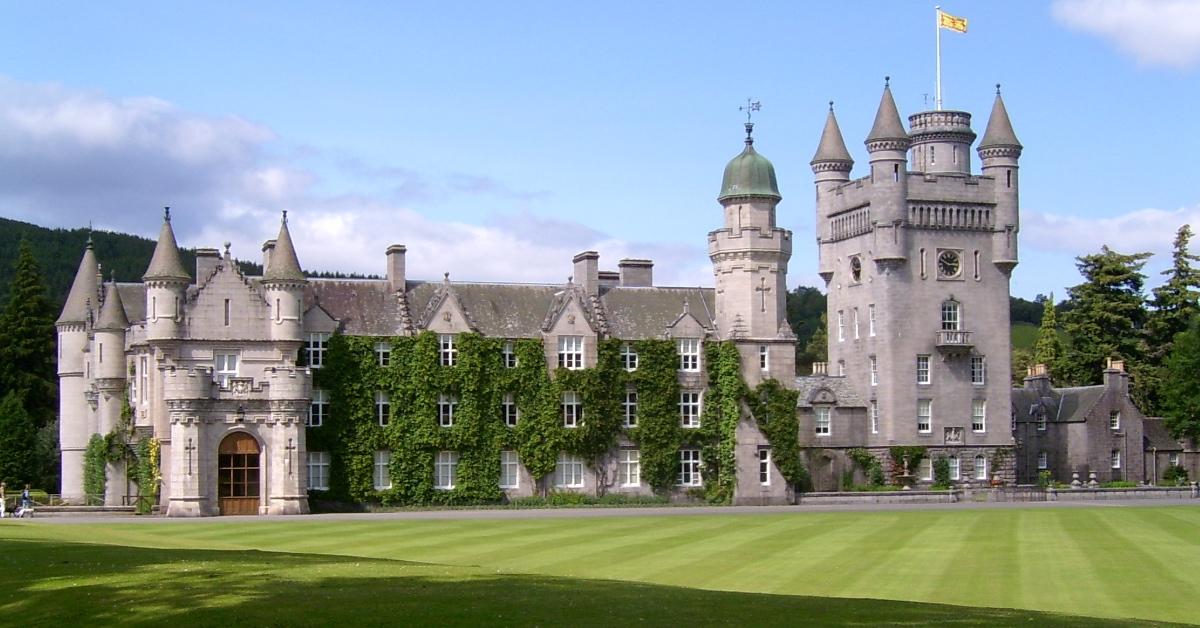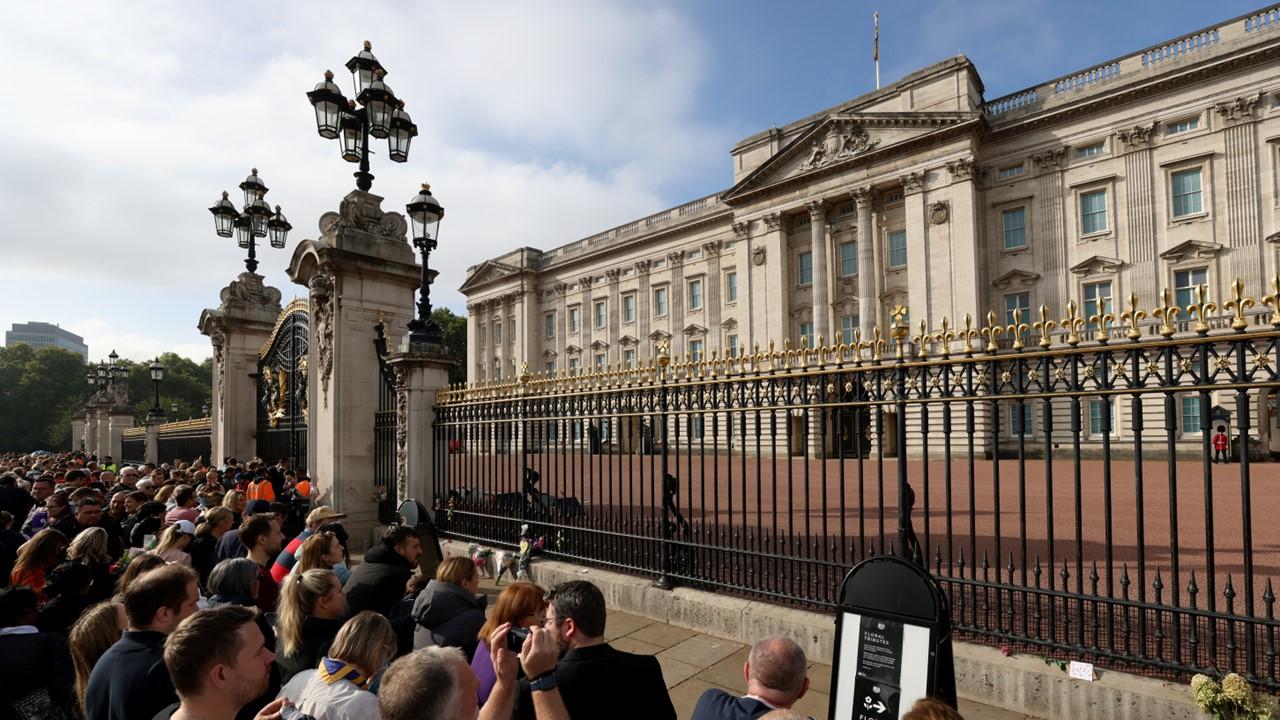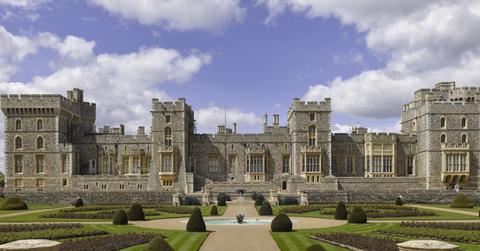The Royal Family Has Access to Many Castles, Doesn’t Own All of Them
The British Royal Family owns or controls various pieces of real estate, including castles, many of which provide its members with access to an annual income.
Sept. 14 2022, Published 1:36 p.m. ET
The British Royal Family owns or controls various pieces of real estate, many of which provide its members with access to an annual income. While this has led many to believe that the royal family is endowed with an endless amount of valuable assets, only a few of the castles the family occupies are actually owned by them.
Read on to find out which castles the royal family owns and which ones belong to the Crown Estate.
Balmoral Castle was owned by Queen Elizabeth II and passed down to Prince William.

Balmoral Castle
Balmoral Castle, located in Scotland, made up a large portion of Queen Elizabeth II’s net worth. After the late queen inherited the property from her father King George VI, it has remained a part of the family’s private fortune.
The castle holds plenty of space for family and guests (52 rooms to be exact) to visit and sits atop a piece of the 50,000 acres the entire estate comprises. Aside from the castle itself, there are also 150 other buildings occupying the land.
While it isn't clear how much Balmoral Castle is worth, CNN reported that Prince William now holds the title to the Duchy of Cornwall, which includes Balmoral Castle. The estate as a whole is reportedly worth $1 billion.
Another property solely owned by the queen was Sandringham House, though it isn't considered a castle. The property is located in Norfolk, England, and is where the royal family traditionally celebrates Christmas, according to Cosmopolitan.
Buckingham Palace and Windsor Castle are royal residences that belong to the Crown Estate.
Two other properties the royal family is known to reside in are Buckingham Palace and Windsor Castle, though both are owned by the Crown Estate. Rather than possessing ownership of the properties, they are merely passed down to the reigning monarch (now King Charles III). All profits collected from each estate are provided to the government, and in return, the monarch receives a share of them through the Sovereign Grant.

Although Buckingham Palace isn’t classified as a castle, it’s certainly comparable to one. The property, which was purchased in 1761 by Geroge III, has 775 rooms, which include 19 staterooms, 52 rooms for royals and guests, 188 staff bedrooms, 92 offices, and 78 bathrooms, according to the royal family website.
Though the palace generally serves as the designated administrative headquarters of the monarch, it’s also used to host events and receptions and is even open to the public during the summer months.
As for Windsor Castle, that property has served as home for the royal family for more than 900 years and is considered the “largest occupied castle in the world.” Queen Elizabeth II was known to spend Easter Court (sometime between March and April) at Windsor Castle. She would also visit for a week in June during the time she attended the Order of the Garter and the Royal Ascot race meeting, as per the royal family website.
Another royal residence is Hillsborough Castle, which isn't owned by the monarch or the Crown Estate.

Hillsborough Castle
When members of the royal family visit Northern Ireland, you can bet they stay at Hillsborough Castle. The castle is a government residence and is run by the Historic Royal Palaces (which took control in 2014). Despite its name, Hillsborough isn’t exactly a castle but more of a large home. During the late 18th century, it was common for the wealthy to refer to their “grand country houses as castles.”

